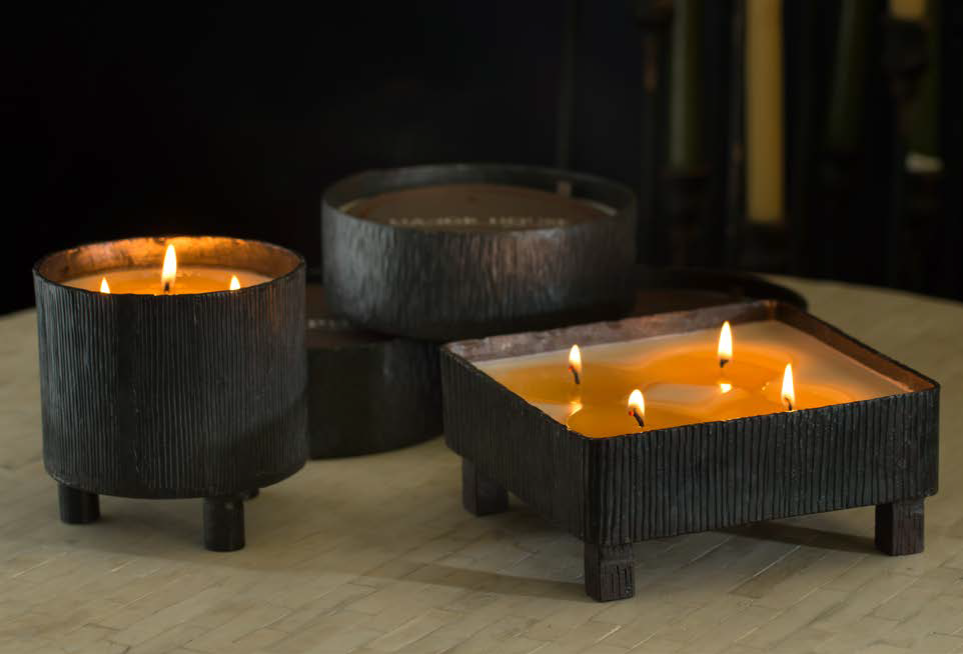The History of Candle Making
Embark on a captivating journey into the world of candle-making! Discover the ancient art of crafting candles, a tradition that has stood the test of time. From early civilizations to modern times, candles have illuminated nights, provided warmth in winter, and held spiritual significance in ceremonies. Beyond their practical uses, candles carry deep symbolic meanings across cultures and religions.
The gentle flicker of a flame can bring peace and tranquility, setting the mood for reflection and celebration. Join us as we explore the historical evolution of candle-making. See how this timeless craft has adapted through changing times while maintaining its enchanting allure.
Discover the fascinating history of candle making, a timeless craft that has been passed down through generations for thousands of years. Let’s delve into the origins of candle-making in ancient civilizations and explore the materials and techniques used during that era.
The Ancient Art of Candle Making
Unveiling the Origins:
Ancient Egyptians first used candles made from reeds soaked in animal fat. Romans and Greeks followed suit, creating their own versions. These candles provided light, and warmth, and held symbolic significance in religious ceremonies.
Materials at Hand
Tallow, beeswax, and bayberry wax were all popular choices for candle-making in ancient times. Tallow’s easy availability and low melting point made it a go-to material. Beeswax burned cleanly with a delightful natural scent. Bayberry wax, extracted from bayberry shrub berries in certain regions, produced highly valued candles despite requiring a large number of berries for minimal wax yield.
Traditional Techniques
- Dipping Method: A prevalent technique involved repeatedly dipping a wick into molten wax or tallow until layers accumulated around it, forming a cylindrical shape.
- Molding Method: An alternative approach entailed pouring melted wax or tallow into molds with pre-inserted wicks; once solidified, these molds were removed to unveil finished candles.
Candle Making in the Middle Ages
In the medieval era, candle-making saw remarkable progress and innovation. Candles held immense significance in religious practices and everyday routines during this time. Let’s explore how candle-making evolved during the Middle Ages and why they were so essential.
Evolution of Candle Making
Candles have a long history, dating back to ancient times. However, it was during the Middle Ages that major progress was made in candle-making. While tallow candles were initially popular for their affordability, beeswax candles soon became favored for their cleaner burn and pleasant aroma. Beeswax was seen as a luxurious choice for churches and the wealthy, while tallow candles were more commonly used by everyday people.
Role of Candles in Religious Life
- Churches heavily relied on candles for various religious ceremonies.
- The flickering flame symbolized divine presence and enlightenment.
- Magnificent candelabras adorned with numerous lit candles created a mesmerizing atmosphere within cathedrals.
Daily Use of Candles
Candles were the guiding light in medieval European homes once darkness fell, casting a warm glow for reading, cooking, and finding your way through shadowed corridors.
Advancements in Manufacturing Techniques
Craftsmen during this era revolutionized candle production with innovative techniques: Using the dipping method, wicks were repeatedly dipped into melted wax or tallow until they achieved the desired thickness. The molding method gained popularity for its ability to create candles with uniform shapes and sizes.
Significance of Candlelight
The handcrafted creations emitted a comforting glow, offering solace during challenging times. In an era with limited light sources and no electricity, candles were essential for extending daily activities. The quality and quantity of one’s candle collection often reflected their social status.
Passing Down Knowledge
During this era, expertise in candle-making techniques was passed down through generations within families or shared among artisans in tight-knit communities.
The Industrial Revolution and Candle Making
The Industrial Revolution was a game-changer for the craft of candle making, ushering in a new era of innovation and progress that forever altered the industry. Let’s delve into how this historic period shaped the world of candles.
Impact of the Industrial Revolution
The Industrial Revolution ushered in a new era of innovation that transformed candle-making. Advanced technology and revolutionary techniques allowed for efficient and affordable production of candles on a large scale. Now, candles were no longer just luxury items but became accessible for everyday use, serving both practical and decorative purposes.
Introduction of new materials
In the past, candles were crafted from animal fats or beeswax. Then paraffin wax emerged as a game-changer in oil refining. Affordable and versatile, it quickly became the top choice for candle makers. Stearin and bayberry wax also gained popularity during this transformative era. The introduction of machinery revolutionized candle production methods. Candle molds streamlined the process by creating uniform shapes swiftly. Automated dipping machines replaced manual techniques by allowing multiple wicks to be dipped at once.
Availability & affordability
These groundbreaking innovations made candles available to everyone by lowering the cost. No longer just for special occasions, candles have become a must-have for everyday lighting in homes and workplaces.
Modern Candle Making
In the historic world, candle-making has undergone a remarkable transformation, blending ancient techniques with modern advancements. The art of crafting candles by hand has experienced a resurgence in popularity as individuals seek distinctive ways to elevate their living spaces. Let’s delve into the contemporary methods and materials utilized in the evolution of candle making.
Artisanal Candles
Artisanal candles have garnered immense popularity for their superior craftsmanship and unique characteristics. Skilled craftsmen meticulously pour molten wax into molds or tumblers, ensuring each candle is crafted with precision and meticulous attention to detail. These handmade creations often showcase intricate designs, vibrant hues, and captivating fragrances.
Soy Wax
Another beloved choice among candle makers is soy wax, renowned for its clean burn and eco-friendly properties. Derived from soybean oil, this natural alternative to paraffin wax offers numerous benefits. Soy wax burns cleaner and emits less soot than traditional waxes, creating a healthier atmosphere for both you and your home.
Essential Oils
To infuse your space with delightful aromas, many contemporary candlemakers incorporate essential oils extracted from plants like lavender, citrus fruits, or eucalyptus leaves into their creations. These natural scents provide therapeutic benefits while enhancing relaxation within your surroundings.
Upcycled Containers
Modern candle artisans have embraced repurposing everyday objects as innovative containers for their products – envision vintage teacups or mason jars adorned with decorative embellishments like ribbons or charms! This trend allows individuals to express creativity while adding a personal touch to their homes.
Decorative Techniques
Candle-making has evolved into an artistic endeavor employing various decorative techniques to craft visually striking candles. From layering different colored waxes to incorporating dried flowers or glitter, the possibilities are endless when designing unique candles that mirror your personality and style.
Candle Making as Recreation
With the surge in popularity of candle making as a leisure pursuit, enthusiasts can now explore this craft within the comfort of their homes. Candle Refill Kits and online tutorials offer step-by-step guidance for beginners, enabling them to experiment with diverse materials, scent profiles, and designs. This hands-on experience fosters accomplishment while unleashing individual creativity.
Sustainable Practices
In alignment with increasing environmental awareness, candle makers strive towards adopting sustainable practices throughout manufacturing processes. This includes utilizing eco-friendly packaging materials, sourcing ingredients ethically, and minimizing waste generation during production.
Conclusion
Candle making, a craft with ancient origins, has continually adapted to meet the needs and preferences of different eras. Despite advancements in technology and changes in materials, the essence of candle-making remains a symbol of human ingenuity and creativity. Today, the resurgence of artisanal and eco-friendly practices highlights our enduring fascination with this timeless tradition. As we look to the future, the art of candle-making promises to keep evolving while preserving its enchanting allure and significance in our lives.
Read More Articles:
- Unlock the Mental Health Benefits of Scented Candles
- Discover the Beauty and Sustainability of Wood Candles
- Explore The Different Types of Candles
- Mastering Jar Candles: Tips for Optimal Burning and Longevity

Karla Butler is the Marketing & Social Media Manager at Himalayan Trading Post and A Touch of Country Magic. With a talent for creating compelling content and effective marketing strategies, Karla excels in building strong connections between brands and their audiences. When she’s not working, Karla enjoys crafting, channeling her creativity into handmade projects that add a personal touch to her life and home.

